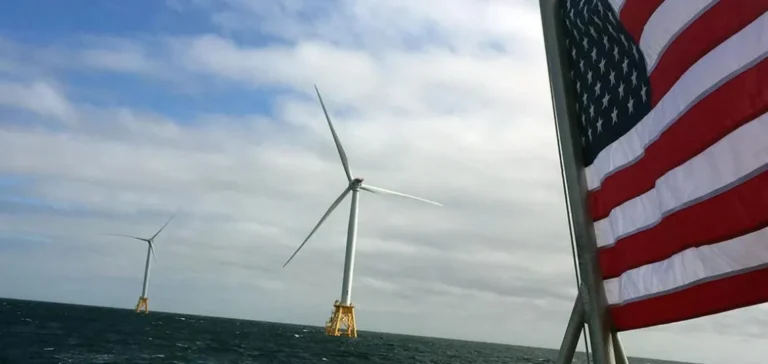Major federal energy agencies in the United States are preparing for a partial shutdown as budget negotiations between Congress and the White House remain stalled. The deadlock could trigger furloughs for thousands of federal employees beginning on October 1, with growing concerns over possible permanent dismissals.
A continuing resolution proposed by Republicans to maintain current funding levels through November 21 was rejected in the Senate. Democrats submitted a competing proposal including additional healthcare provisions, which also failed. Senate rules require 60 votes to end debate, obliging Republicans to secure at least six Democratic votes to advance a funding bill.
Direct threat to agency staffing
The White House, through the Office of Management and Budget (OMB), warned that thousands of federal workers could face permanent dismissal, diverging from previous shutdowns where employees were later compensated with back pay. This approach could disrupt the administration’s efforts to reverse regulatory measures enacted under the previous presidency.
The Federal Energy Regulatory Commission (FERC), which oversees electricity reliability and energy markets, plans to operate with only 60 employees and 18 contractors—just under 5% of its workforce. The agency, funded primarily through user fees, has previously relied on accumulated funds to maintain minimum operations during past shutdowns.
Critical functions maintained, but scaled down
The Environmental Protection Agency (EPA) plans to retain approximately 1,260 employees, focusing on emergencies, security, and criminal investigations, according to a public plan last updated in March. The agency would suspend grant issuance, research activities, permitting, and new regulations under this plan.
The Department of Energy (DOE) has not released an updated plan, but in past shutdown scenarios, it has indicated that it could operate for one to five days using previously appropriated funds. Beyond that period, only activities related to safety and asset protection would continue.
Nuclear and petroleum oversight under strict control
The Nuclear Regulatory Commission (NRC), responsible for overseeing civilian nuclear facilities, stated that resident inspectors and emergency response teams would remain on duty. The agency would also ensure expert teams are available at emergency operations centres in the event of a reactor incident.
The Department of the Interior, based on past plans, would halt new oil, gas, and renewable energy lease sales, along with environmental assessments tied to offshore energy projects. These suspensions may affect timelines for operators in the petroleum, gas, and renewable energy sectors.






















